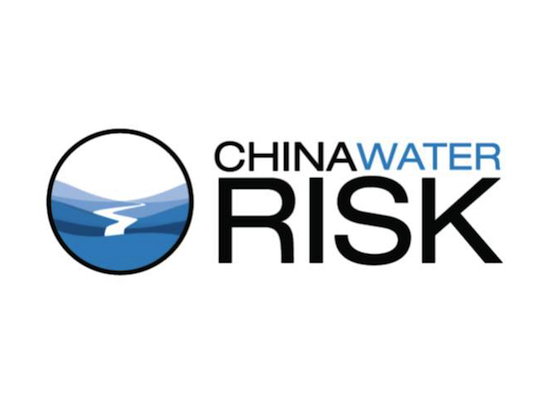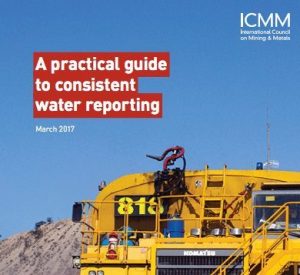Primary Functions
- Develop an understanding of the importance of managing water in tandem with economic development with the goal of ensuring long term social, economic, and water security in Asia.
Detailed Description
Asia faces serious and urgent water challenges ahead. Already today, two of its most populous countries, India and China, are water stressed and rampant water pollution from decades of rapid development has only further exacerbated water scarcity. Meanwhile, across the continent, water infrastructure, albeit improving, is still lacking leaving hundreds of millions with no access to clean water.
While it is important to ensure adequate access to water, we believe it is time to move the conversation on water in Asia beyond access to clean water to one on water-nomics – managing water in tandem with economic development. We must do this to ensure long term social, economic and water security in Asia. The fact that climate change is evident in the Hindu Kush Himalayas (HKH), also known as the Third Pole, the source region of many of Asia’s arterial rivers only lends urgency to start this conversation. The report thus focuses on 10 HKH Rivers, namely the Amu Darya, Brahmaputra, Ganges, Indus, Irrawaddy, Mekong, Salween, Tarim, Yangtze and Yellow, that flow through 16 countries (the HKH 16). These 10 HKH Rivers emanate from Afghanistan, Bangladesh, Bhutan, China, India, Myanmar, Nepal and Pakistan (the HKH 8) and flow through Cambodia, Kyrgyzstan, Laos, Tajikistan, Thailand, Turkmenistan, Uzbekistan and Vietnam (Downstream 8).
The water-nomic performance of the HKH 16 countries was compared to that of the G20, with more attention paid towards the HKH 8 countries as upper riparians. Analysis of the water-nomic performance as well as climate change impact on river flows of each of the 10 HKH River Basins were also carried out.
The fact that eight out of 10 HKH Rivers are transboundary lends further complexity. The current arrangements of people, resources and economies shaped by previous physical conditions will thus likely change; we have to adapt. This will require trillions of dollars of financing but despite what’s at stake, adaptation plans and financing lag. Currently, the majority of climate finance raised goes towards mitigation, not adaptation. Closing this finance gap is the minimum, as clustered exposure along rivers together with limited national water resources means that Asia does not have the luxury to continue with business as usual.
As the largest employer, water user and generally the largest polluter, the agricultural sector will need to be re-hauled and there will be trade-offs such as food security. Trade will also be impacted as countries with limited water move away from exporting water-intensive goods.
Transitional and regulatory risks plus climate change will impact businesses, investment portfolios and loan books exposed to these 10 HKH River Basins. Business and investment communities also must start to create a new paradigm of ‘business unusual’ so that they can continue to flourish.





